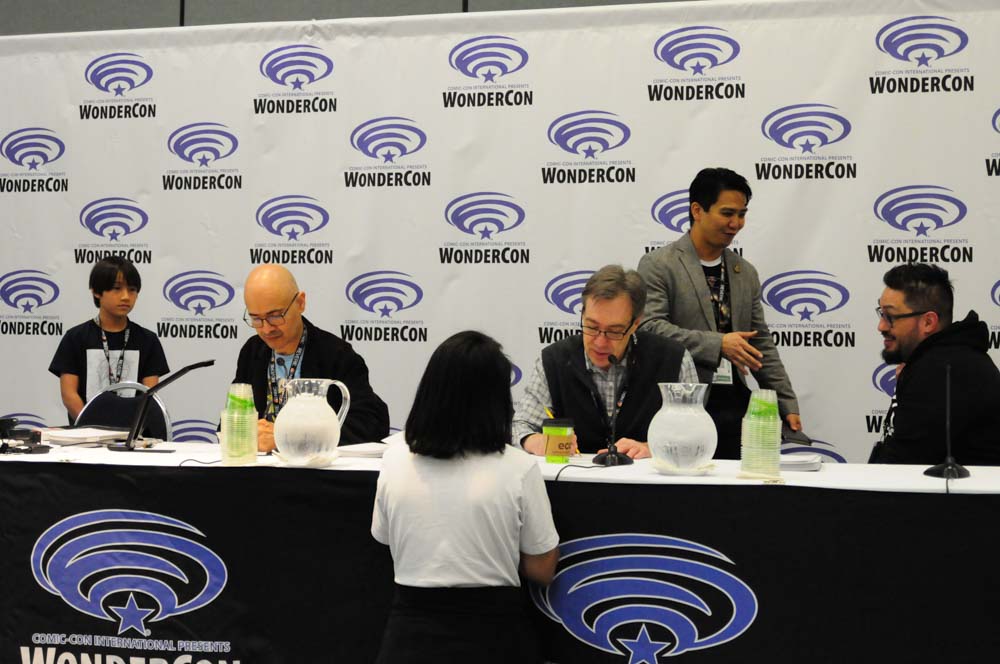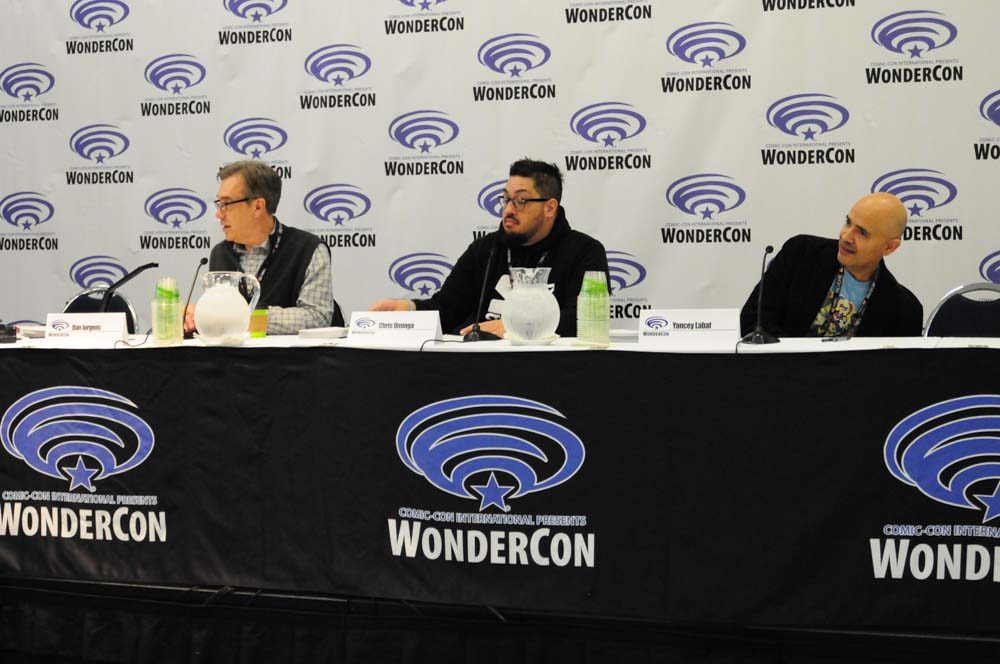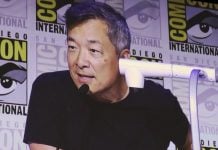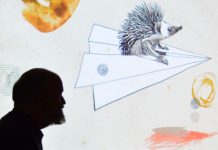Readers of comic books and aspiring artists alike often wonder what it takes to work as a comic book artist. At this year’s WonderCon, the DC Art Academy panel collected the talents of Dan Jurgens, Yancey Labat, and Chris Uminga to share some insight into their perspective journeys as comic artists, all while drawing sketches and giving them out to the audience.
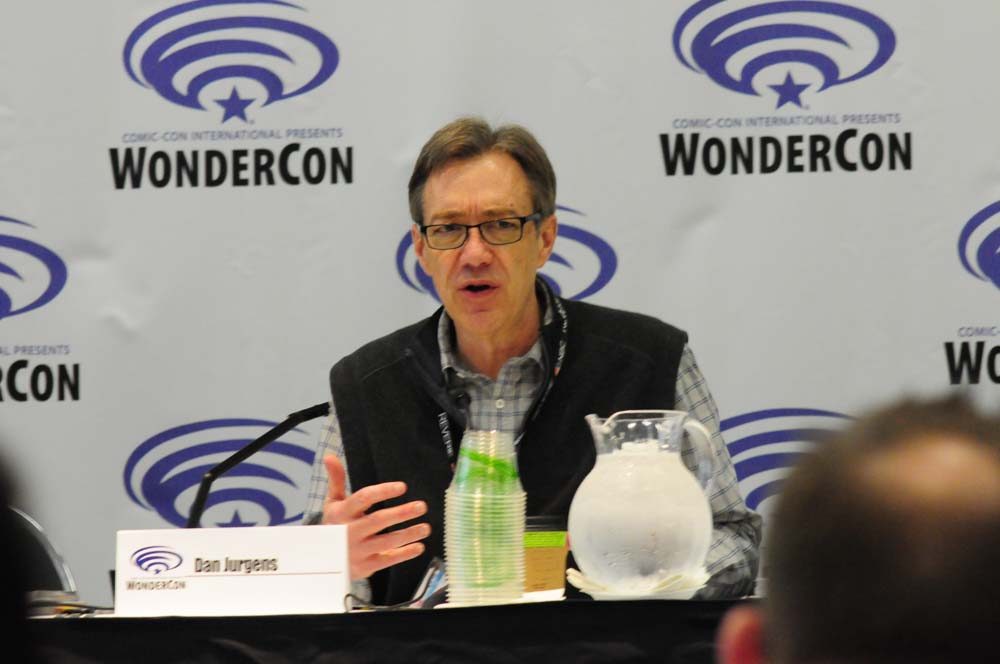
Dan Jurgens, who will be saying goodbye to Superman after the release of Action Comics #1000, is both an artist and a writer. When asked how his art has changed and evolved over the last 30 years, Jurgens said, “The changes to my art are influenced by what I write. The best way to tell a story also changes over time.” Jurgens then mused on how it used to be popular to include pockets in on superhero costumes. “It always bugged me that we never got to see what was inside of them.” Jokingly, he added, “I once said we should have someone pull out an energy bar out of one of them, because you know, people eat.”
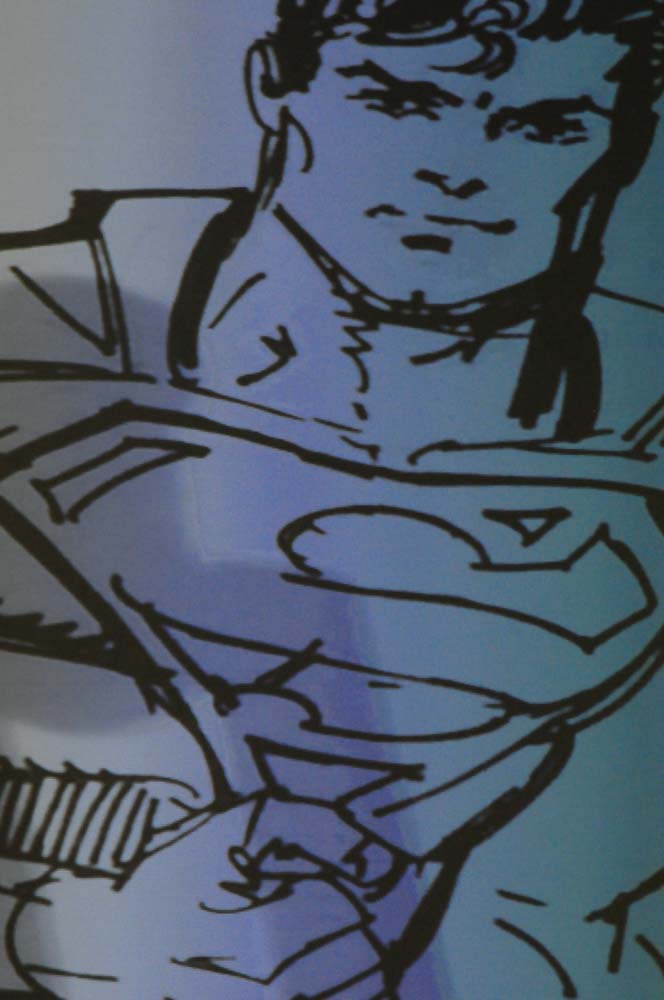
As to what he preferred, writing or drawing, Jurgens said, “It’s all about collaboration. Sure, I sometimes like to write and do the art for something I’m working on. But, you always learn from who you work with… I find that even now, when I work with someone, I learn something new. Again, it’s all about the collaboration.”
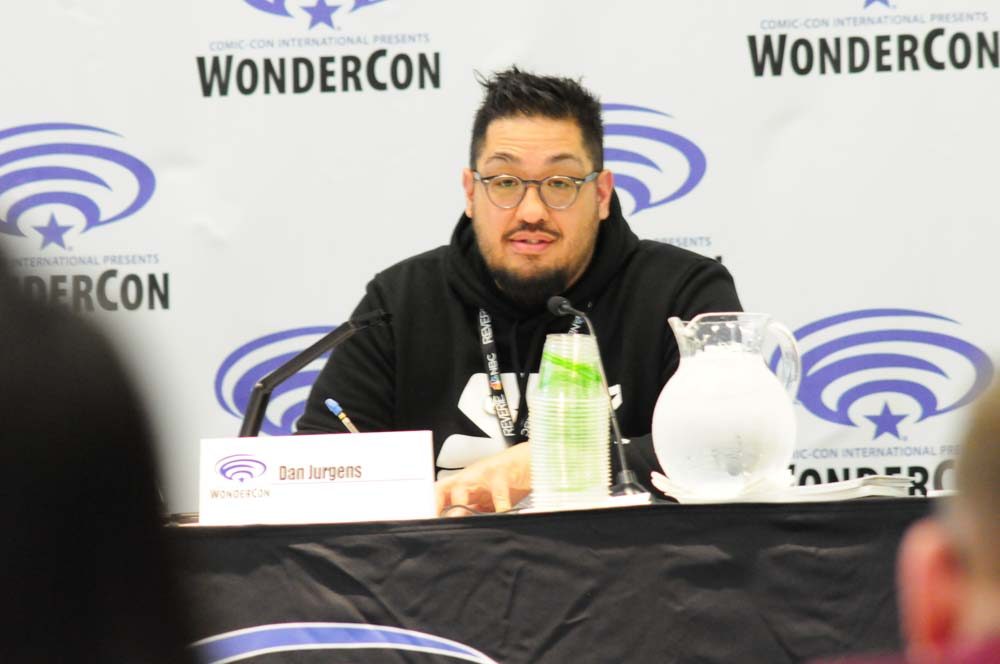
Next to talk and draw was Chris Uminga, a featured artist in the DC Artists Alley collectible line. He credits his art’s style from his love of graffiti, tattoo art, and of course comics. “I’d describe [my style] as ‘creep-cute,’” joked Uminga. He has also found inspiration from the likes of old monster movies, the 1966 Batman show with Adam West, and Saturday morning cartoons. “I’ve also been influenced by this guy sitting next to me,” said Uminga referring to Dan Jurgens. “So, I’m kind of geeking out right now.”
When asked advice on how to get comic work, Uminga gave the answer that most in the industry will say: Don’t give up. “If there’s no work, work for yourself. When I was younger, it was a good time because of the internet… When Deviant Art was still something, it got me some gallery shows.” He would eventually get a booth at artist alley, leading him to job offers. “You have to showcase your work… Don’t get complacent. Get better.” Uminga also suggested using other platforms like Instagram to show off one’s art, as well as posting “everywhere,” engaging with people, and asking people to give honest opinion of your work.
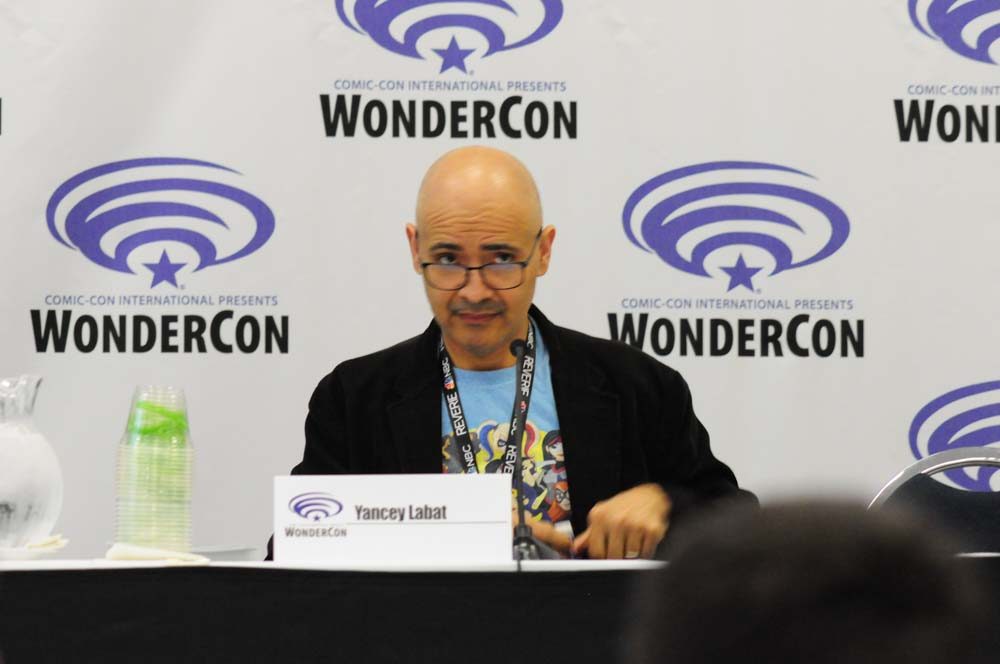
Yancey Labat, notable lately for his work on the DC Super Hero Girls title, was last to speak. Labat’s work stands out among other artists at DC, which Labat said is due to Paul Smith. “When I began reading comics, I was always following the clean stuff,” said Labat. “When Neal Adams was prevalent, I followed Paul Smith, who had these clean lines.” Unfortunately for Labat, he emerged as an artist in the 90s, when comic were dominated by darker and edgier looks and themes. Instead, Labat went to work for a time with children’s books for publishers like Scholastic.
Now, Labat works on the highly popular DC Super Hero Girls title, putting to use his already clean style. “It’s fun!” said Labat about working on the title. “It’s a real positive story and refreshing… I have two little girls who always inspire me.”
If anything is to be taken away from this panel, it is that there are many avenues that an artist can take to get into comics, regardless of style. What’s important is that you continue to hone your craft and to make sure your work is seen; all it takes is the right person to see it.



